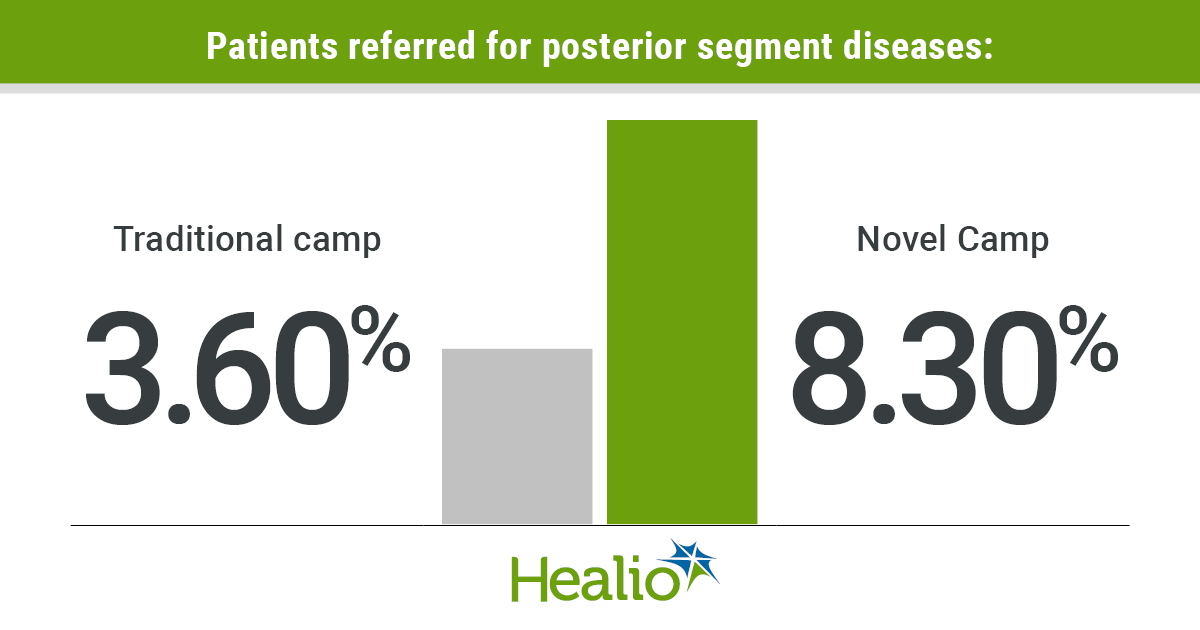New eye camp model improves screenings in India

WASHINGTON — The use of digital fundus photography in a newly designed model of a Pondicherry eye screening camp better improved case detection, referral and follow-up rates for posterior segment diseases such as glaucoma, according to a speaker here.
“Our study uses fundus photography in a large Indian population to capture undetected disease in the back of the eye. This has significant value in a population that is less likely to get eye care,” Emily Schehlein, MD, said at the American Glaucoma Society annual meeting.
Schehlein presented the results of a clustered randomized trial in the catchment area of Aravind Eye Care System, Pondicherry, to compare the primary outcomes of referral for suspicion of posterior segment disease between a traditional eye camp and a novel eye camp model. The study also evaluated adherence with referrals, confirmation of pathology and the total camp time, she said.
The traditional eye camps used Schiotz tonometers and paper medical record charts and dilated only some patients. The novel eye camps used Icare tonometers, digital fundus photography and electronic medical records and dilated all patients.

The study cohort consisted of 1,524 patients at the traditional eye camp and 1,524 patients at the novel eye camp. In total, 8.3% of patients at the novel eye camp were referred for posterior segment diseases compared with 3.6% of patients at the traditional camp, a statistically significant difference (P < .001). The novel eye camp had 3% glaucoma referrals compared with 1.1% in the traditional eye camp, Schehlein said.
Of patients referred to the base hospital for suspicion of posterior segment diseases, 36.2% of patients in the novel camp and 30.9% in the traditional camp had glaucoma, she said.
From setup to breakdown, the traditional eye camp was in service 5 hours 11 minutes compared with 6 hours 53 minutes for the novel camp.
“Increased detection and subsequent increase in referral and detection will help to prevent irreversible blindness,” Schehlein said. – by Robert Linnehan
Reference:
Schehlein E. A comparison of two Aravind Pondicherry eye camp models for the detection of glaucoma and posterior segment disease – a cluster randomized trial. Presented at: American Glaucoma Society annual meeting; Feb. 27-March 1, 2020; Washington.
Disclosure: Schehlein reports receiving grant support from New World Medical Health Outcomes Research Award.









